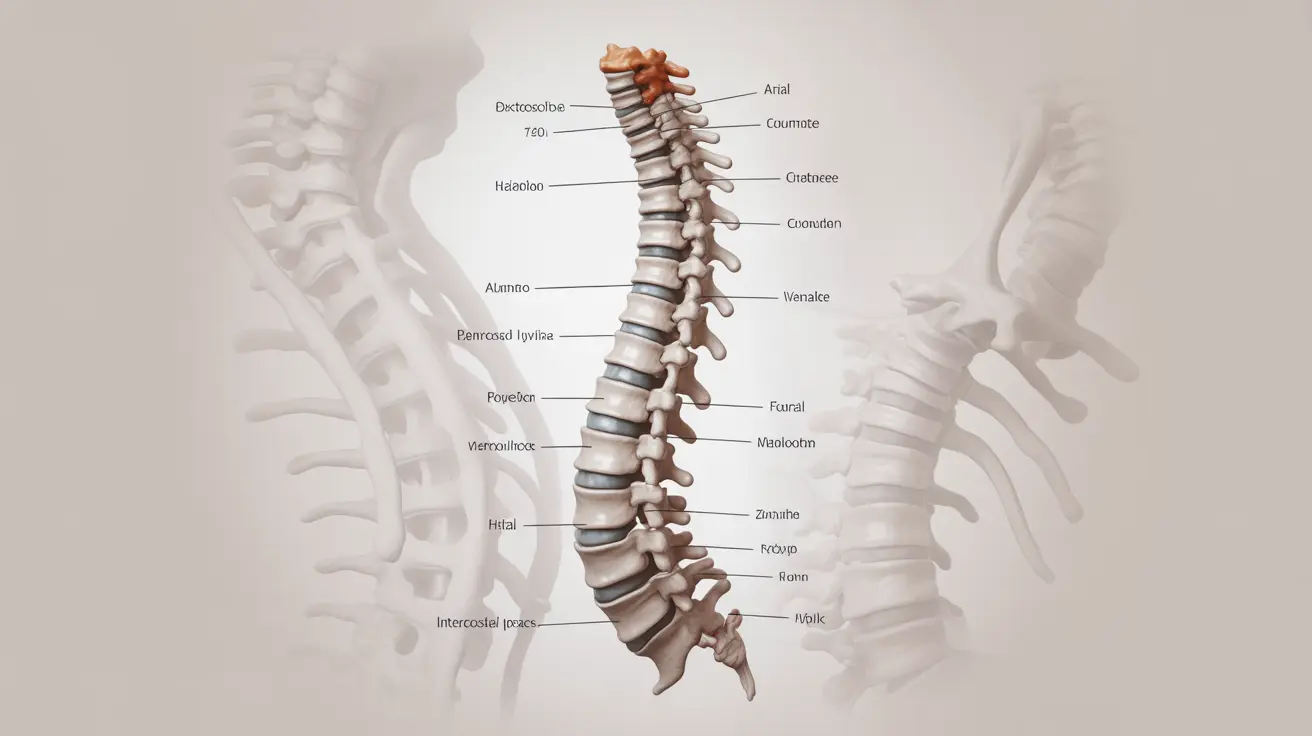Dextroscoliosis is a specific type of spinal curvature where the spine bends abnormally toward the right side. This condition is part of the broader category of scoliosis disorders, but its rightward curve presents unique challenges and considerations for both diagnosis and treatment. Understanding dextroscoliosis is crucial for early intervention and optimal management of the condition.
While this spinal deviation can occur at any age, it most commonly develops during childhood or adolescence, particularly during growth spurts. The impact of dextroscoliosis can range from mild to severe, affecting both physical health and quality of life.
Understanding the Nature of Dextroscoliosis
Dextroscoliosis specifically refers to a right-sided curvature of the spine, which can occur in different regions, including the thoracic (upper) or lumbar (lower) spine. The severity of the curve is measured using the Cobb angle method, with higher angles indicating more severe curvature.
Unlike general scoliosis, which can curve in either direction, dextroscoliosis specifically involves a rightward bend. This distinction is important for treatment planning and monitoring the progression of the condition.
Signs and Symptoms
The manifestations of dextroscoliosis can vary significantly among individuals, but common signs include:
- Uneven shoulders or shoulder blades
- One hip appearing higher than the other
- Asymmetry in the waist or trunk
- Visible curve in the spine when viewed from behind
- Clothes that hang unevenly
- Back pain (more common in adults)
Diagnosis and Assessment
Proper diagnosis of dextroscoliosis involves several steps and specialized imaging techniques. Healthcare providers typically begin with a physical examination, followed by imaging studies to confirm the diagnosis and determine the severity of the curve.
Common Diagnostic Tools
The following diagnostic methods are commonly employed:
- X-rays (standing front and side views)
- CT scans for detailed bone structure analysis
- MRI scans when neurological symptoms are present
- Scoliometer measurements during forward bend tests
Treatment Approaches
Treatment for dextroscoliosis varies depending on several factors, including age, curve severity, and risk of progression. The main treatment options include:
Conservative Management
For mild cases, treatment may involve:
- Regular monitoring and observation
- Physical therapy exercises
- Posture training
- Core strengthening activities
Bracing
Bracing may be recommended when:
- The curve measures between 25-40 degrees
- The patient is still growing
- There's a high risk of progression
Surgical Intervention
Surgery might be necessary in cases where:
- The curve exceeds 45-50 degrees
- Conservative treatments have failed
- The condition significantly impacts daily activities or breathing
Physical Therapy and Exercise
Physical therapy plays a crucial role in managing dextroscoliosis. Specific exercises can help:
- Strengthen core muscles
- Improve posture
- Increase flexibility
- Reduce pain and discomfort
- Prevent curve progression
Frequently Asked Questions
What are the common symptoms and signs of dextroscoliosis to watch for? Common signs include uneven shoulders, asymmetric waistline, visible spine curvature, and clothes that hang unevenly. Some patients may experience back pain, particularly in adulthood.
What causes dextroscoliosis and how does it differ from other types of scoliosis? Dextroscoliosis specifically involves a rightward curve of the spine. While the exact cause is often unknown (idiopathic), it can result from congenital conditions, neuromuscular disorders, or developmental issues. Unlike other forms of scoliosis, the curve consistently bends to the right.
How is dextroscoliosis diagnosed and what tests are used to assess its severity? Diagnosis typically involves physical examination, X-rays, and specialized imaging tests. The Cobb angle measurement on X-rays is used to determine curve severity. Additional tests like CT scans or MRIs may be needed in certain cases.
What treatment options are available for dextroscoliosis and when is surgery necessary? Treatment options range from observation and physical therapy to bracing and surgery. Surgery is typically considered when curves exceed 45-50 degrees or when conservative treatments fail to prevent progression.
Can physical therapy and exercise help manage dextroscoliosis symptoms and prevent progression? Yes, specific physical therapy exercises and activities can help manage symptoms, improve posture, strengthen supporting muscles, and potentially slow curve progression, especially when combined with other appropriate treatments.




